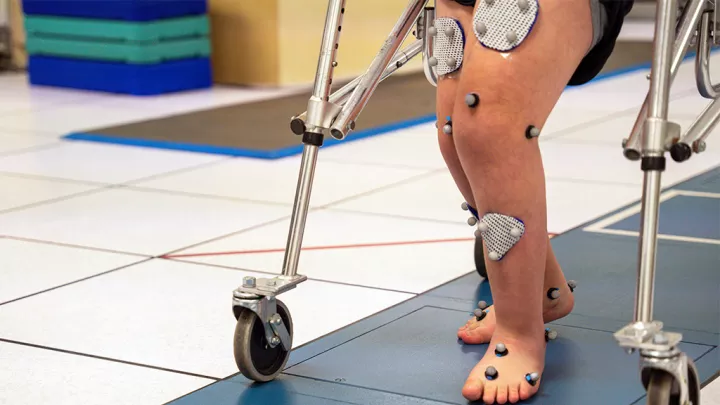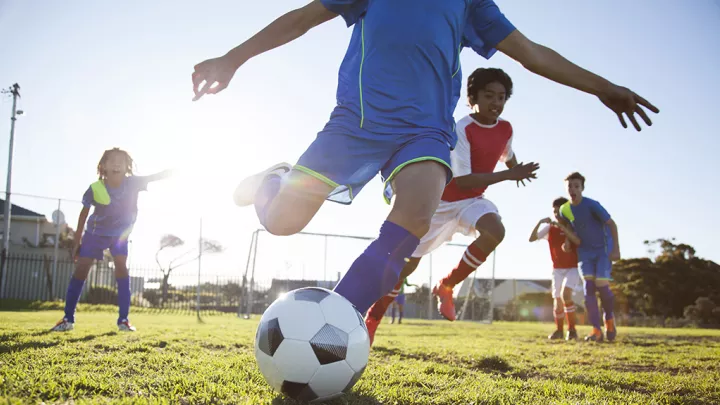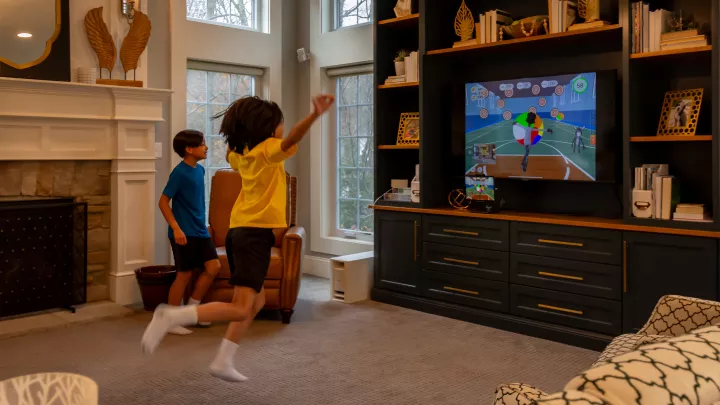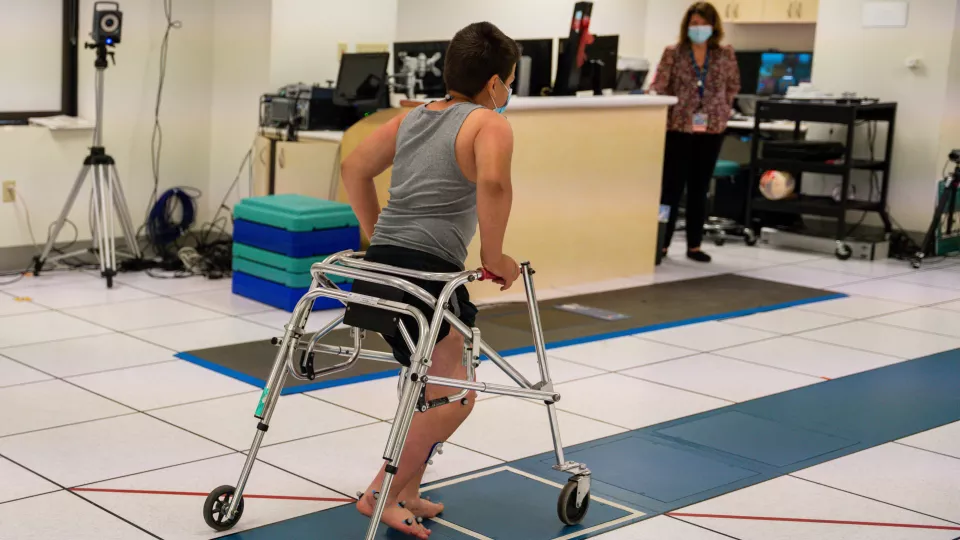
Adolescents Make Similar Gains as Children After SEMLS
Single event multilevel surgery (SEMLS) is the standard of care for helping children with cerebral palsy improve or preserve their ability to walk. Ideally, surgeons perform this complex operation when children are between 7 and 10 years old.
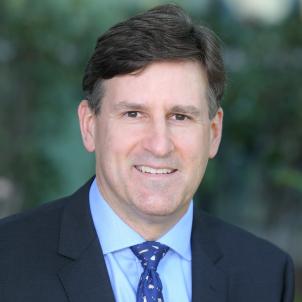
But what about older kids and teens? Can they still benefit from this procedure?
A new study from Children’s Hospital Los Angeles has found that this answer is yes—and that patients experience similar gait improvements after SEMLS regardless of age. The results were presented June 17 at the Gait and Clinical Movement Analysis Society annual conference in Atlanta.
“The traditional belief has been that as kids get older and their walking patterns become more established, it’s harder for them to improve their gait after surgery,” says Robert M. Kay, MD, Director of the Jackie and Gene Autry Orthopedic Center at CHLA and senior author of the study. “But we found that’s not true. The older kids benefited just as much as the younger ones.”
Key findings
The retrospective study looked at 126 youth with cerebral palsy who were seen in the John C. Wilson Jr. Motion and Sports Analysis Lab at Children’s Hospital Los Angeles between 2011 and 2023.
The lab—which uses a 10-camera motion-capture system to obtain 3D images of how a child walks and moves—evaluates more than 400 children a year. It is the only accredited pediatric motion laboratory in Southern California and is one of just 23 accredited labs for children in the world.
All patients in the study had undergone at least two gait analyses—one before SEMLS and one after SEMLS. The team divided patients into two groups: those younger than 13, and those 13 to 21.
Researchers then compared how much patients in each group improved their gait quality and function. The team looked at two measures: gait deviation index (GDI), which measures how a patient’s gait compares to a typically developing individual, and functional mobility scale (FMS), which rates how a child walks at distances that mimic home, school and community environments.
The team found that:
- GDI improved by 6.1 points in the younger group, and 6.4 points in the older group—similar but significant gains.
- FMS scores were stable or improved in 80% to 90% of patients in both groups.
“We had thought that the older kids would not do as well, but there was really no difference in outcomes between the two groups,” says Dr. Kay, the Associates Chair in Orthopedics at CHLA. “This shows that even if patients are well into their teens, they can still benefit from SEMLS.”
The importance of gait studies
Children’s Hospital Los Angeles performs more than 50 SEMLS procedures each year. The goal is to correct multiple musculoskeletal issues that affect a child’s gait—all in one surgery. One factor that is key for surgical success, Dr. Kay says, is computerized gait analysis.
Previous research led by CHLA has shown that clinical gait analysis findings can reduce the chances of a child needing additional corrective surgeries after SEMLS by almost 70%. CHLA studies have also shown that this reduces health care costs over the long term.
“A gait study significantly reduces the reoperation rate for these kids,” Dr. Kay says. “It’s a critical part of a preoperative assessment and really optimizes decision-making for these patients.”
He adds that it’s still ideal for patients to have SEMLS when they are in that 7-to-10 age range.
“All things being equal, I would rather perform this surgery earlier rather than later,” Dr. Kay notes. “But we have kids who don’t even come to us until they are teens. If they have the right indications for surgery, we still have an opportunity to help them walk better.”
Study authors were Alison Hanson, MSPT, OCS; Eva Ciccidicola, PT, DPT, PCS; Tishya Wren, PhD; and Robert M. Kay, MD.
